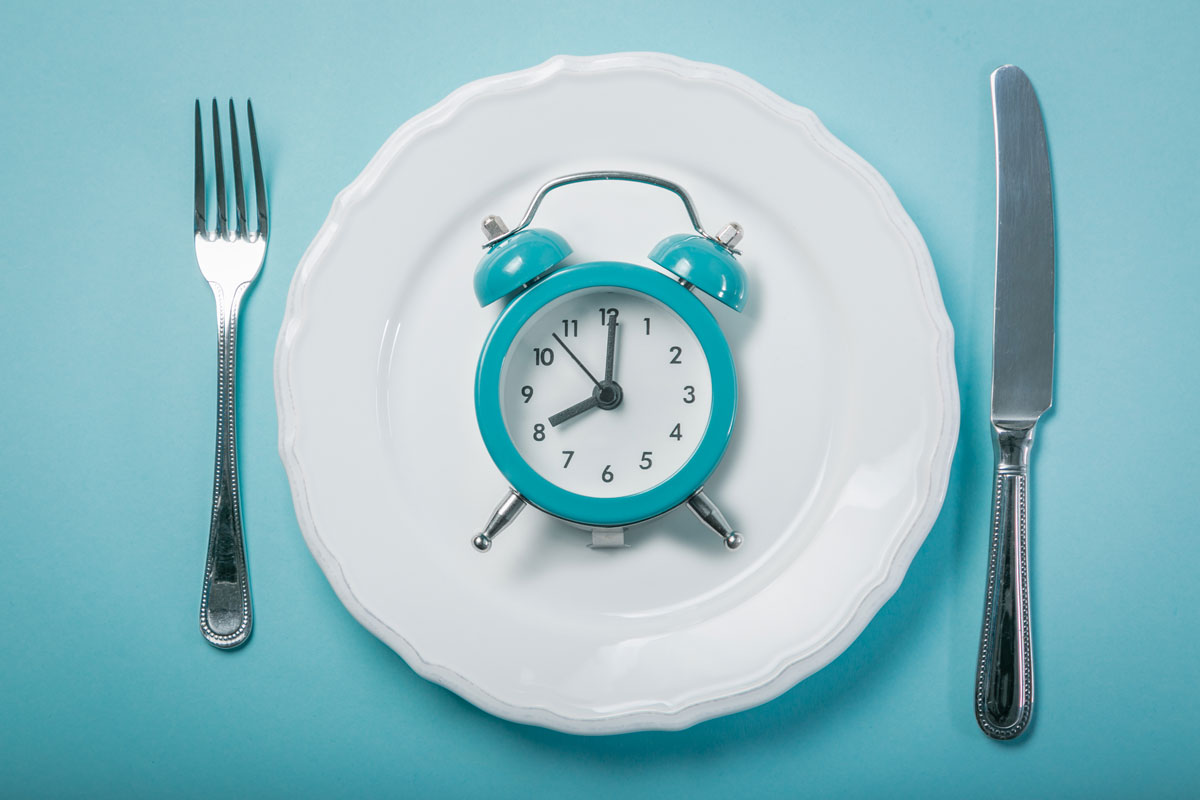
Novelty of Calorie Restriction
Whether you’re familiar with the many of the popular diets on the market today or not, the average person can recognize the role of calories in the foods we eat.
We’re taught that consuming foods above our daily caloric requirement leads to unwanted weight gain in the form of fat. Eating below maintenance levels is supposed to burn fat as we’re in a caloric deficit.
We all know of millions of people calculating calories throughout the day to reach fat loss goals, yet many people seem to fail at this strategy as there seems to be many variables that make fat loss more complicated.
Those variables including caloric burn from workouts, macronutrients profile of meals (carbs, proteins, and fats), hormonal imbalances, time spent sleeping/resting per night, and adherence to the diets themselves.
The factors that go into caloric intake and expenditure often have the personal trainer or dietician blaming the client, suggesting a solution of eating LESS and moving MORE.
Intermittent fasting has recently become more popular over the last decade as individuals who fail to adhere to strict diet regiments find alternatives to their weight loss/fat loss strategies.
Fasting is an open minded method for managing weight, as it allows you to follow any diet that you prefer and gives you options for various lengths of time for your eating window.
This could prove to be beneficial for those who have been exhausted from calorie reduction and have stalled in losing fat.
Calorie Restriction vs. Intermittent Fasting
Your basal metabolic rate is the number of calories burned by your body for life-sustaining functions and is greatly effected by the amount of calories you consume regularly.
When calories are reduced, it forces the body to reduce this basal metabolic rate to match the caloric intake. This was proven by Dr. Ancel Key’s study in 1950, which showed lower metabolic rate with diets of 1,500 calories.
Once this metabolic rate drops, weight loss usually stalls and shortly leads to weight gain as the calorie expenditure lowers. To compensate for this, people will go on diets with even lower calories consumed and start increasing calorie expenditure with more intense cardio workouts.
In comparison, intermittent fasting does not have negative effects on basal metabolic rate as it maintains lean body mass throughout the fasting period.
Reducing calories does control the amount of energy consumed in the body that may lead to fat gain, but doesn’t control the timing of fat storing hormones that are released.
Each time a meal or snack is consumed in the body, insulin is shortly released to deliver this energy to the cells or for storage as fat in the adipose tissue (regardless whether it’s from protein, carbohydrates, or fat).
With almost all calorie restricted diets, food is consumed throughout the day, which lead to constant blood spikes and the release of insulin shortly afterward. Intermittent fasting gives you an advantage of timing your release of insulin within the meals consumed in your eating window.
Reducing your insulin release frequency throughout the day prevents you from developing insulin resistance, which can later lead to a host of other problems down the road.
Insulin is the main hormone released from calorie reduction diets, along with another hormone called ghrelin, which creates hunger the longer the diet is extended. This is specifically released around the times when meals are consumed.
In contrast, intermittent fasting releases hormones from the sympathetic system: thyroid, growth hormone, adrenaline, cortisol, and glucagon. These hormones help preserve muscle mass and breakdown stored energy that the body can use at a later time.
The strategy of calorie reduction can steer you away from caloric dense foods for a period of time, but you may have issues maintaining hormonal balances to keep fat gain low.
The Wrap Up
Calorie counting is a common practice for those who are used to dieting for periods of time, however caloric restriction has a tendency for short term solutions for weight management. Maintaining a high metabolic rate through small feeding intervals is much more sustainable than reverting to high expenditure with low calories and heavy emphasis on cardio exercise. Whether choosing calorie reduction or intermittent fasting, always make a decision that can fit your lifestyle permanently.


Leave a Reply
You must be logged in to post a comment.